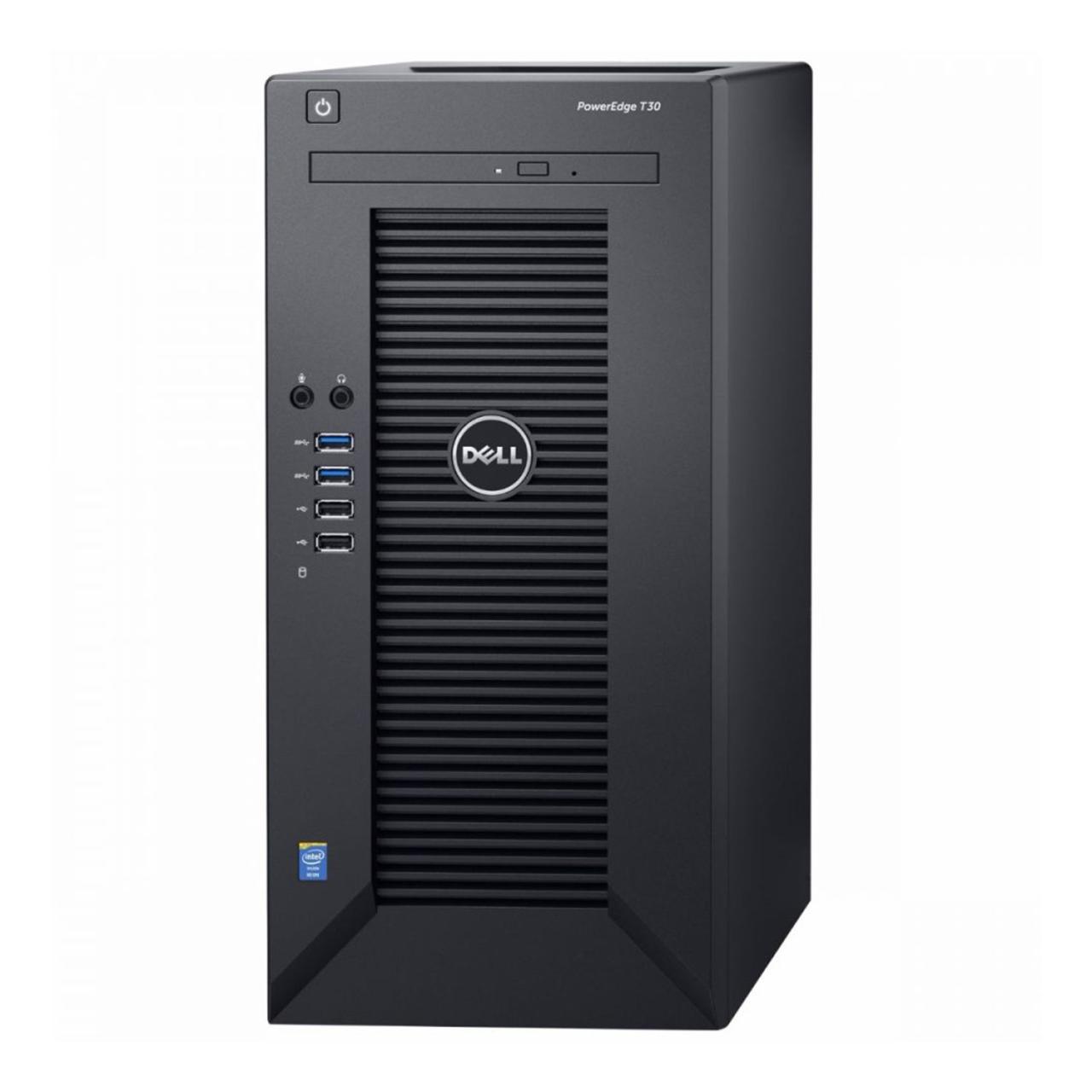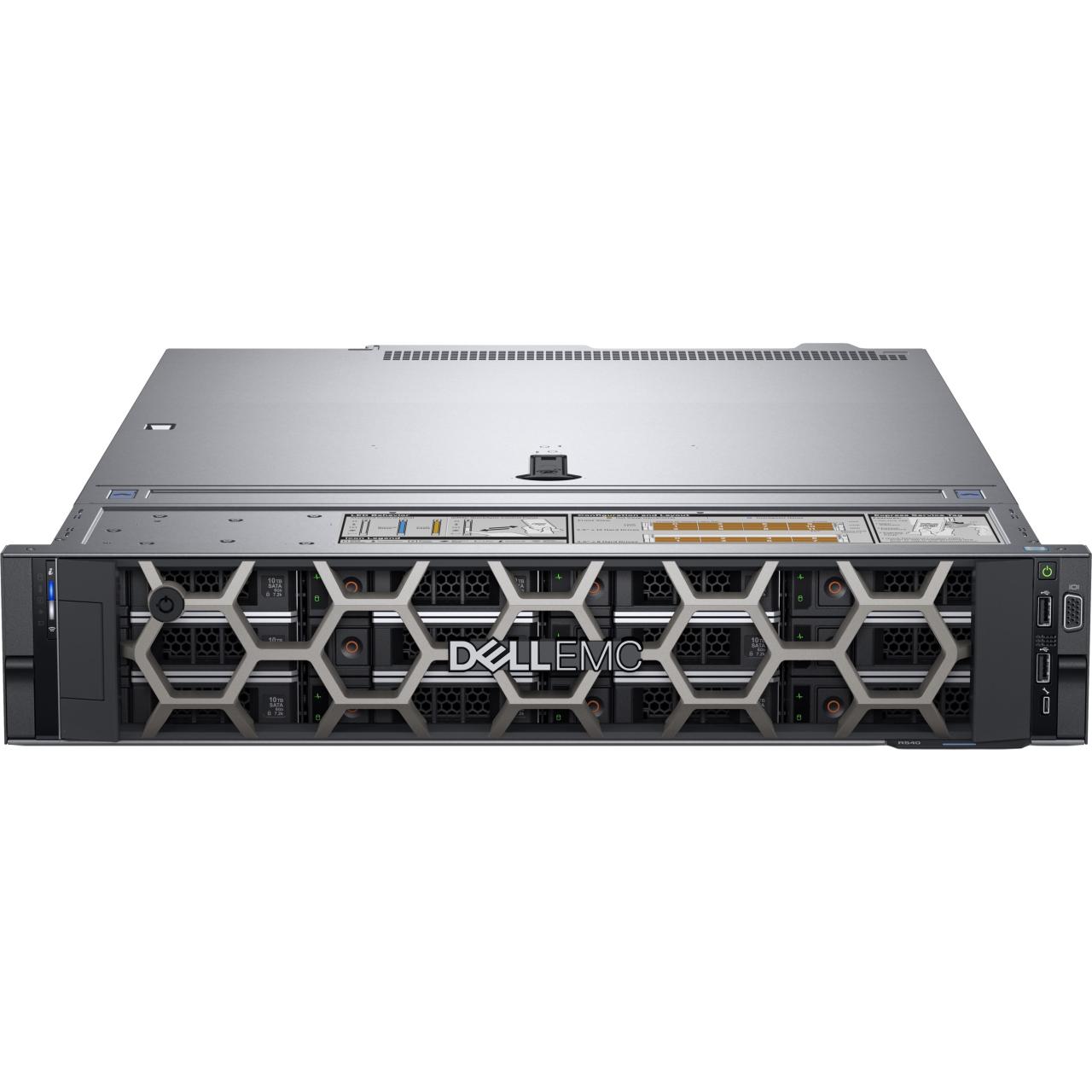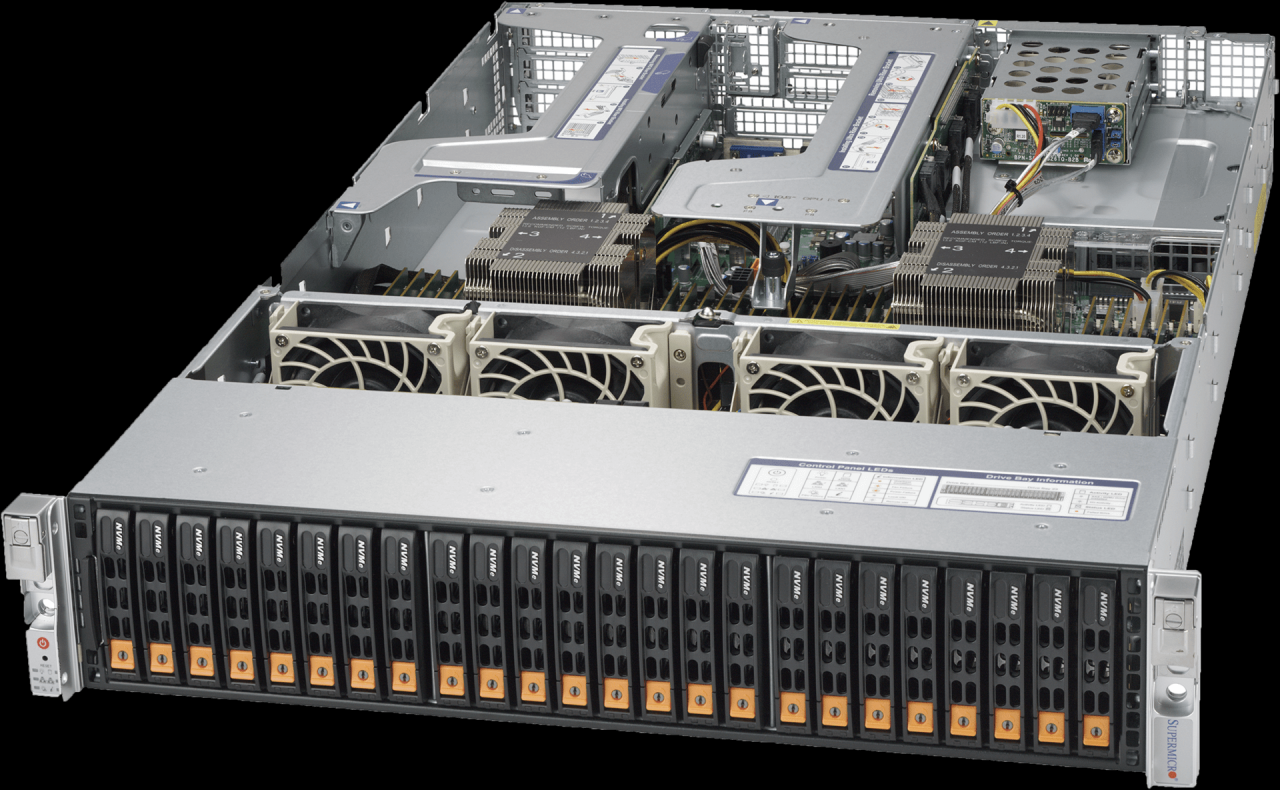Dell PowerEdge servers have been a cornerstone of modern IT infrastructure for decades, evolving to meet the ever-changing demands of businesses worldwide. From small businesses to large enterprises, Dell PowerEdge servers offer a comprehensive range of solutions, encompassing diverse architectures, powerful components, and robust management tools.
This exploration delves into the history, features, and applications of Dell PowerEdge servers, providing insights into their various architectures, components, and management strategies. We will also examine their security features, lifecycle management, and sustainability initiatives, showcasing Dell’s commitment to providing reliable and innovative server solutions.
PowerEdge Server Components

Dell PowerEdge servers are designed to meet the diverse needs of businesses, from small and medium enterprises to large corporations and data centers. They are known for their reliability, performance, and scalability, making them a popular choice for a wide range of applications.
Understanding the key components of a Dell PowerEdge server is essential for choosing the right configuration for your specific needs. This section will delve into the major components, their advancements, and compatibility aspects.
Processors
The processor, also known as the CPU (Central Processing Unit), is the brain of the server. It executes instructions and processes data, playing a crucial role in overall server performance. Dell PowerEdge servers offer a wide range of processors, from Intel Xeon Scalable processors to AMD EPYC processors, each with its own unique set of features and performance characteristics.
Recent advancements in processor technology have led to significant performance improvements. For example, the latest Intel Xeon Scalable processors feature increased core counts, higher clock speeds, and enhanced memory bandwidth. These advancements allow servers to handle more demanding workloads, such as data analytics, machine learning, and high-performance computing.
Memory
Memory, also known as RAM (Random Access Memory), is used by the server to store data that is actively being accessed by the processor. The amount of memory installed in a server directly impacts its performance, especially for applications that require large amounts of data to be processed simultaneously. Dell PowerEdge servers support various types of memory, including DDR4 and DDR5, with different capacities and speeds.
Dell PowerEdge servers are known for their reliability and performance, making them ideal for businesses of all sizes. But even the most powerful server can’t resist the gooey allure of a good halloween slime recipe. After all, who wouldn’t want to add a little fun and creativity to their IT environment?
Whether you’re running a small business or a large enterprise, Dell PowerEdge servers provide the foundation for a successful and productive digital experience.
The latest advancements in memory technology have resulted in increased memory speeds and capacities. For example, DDR5 memory offers significantly higher bandwidth and lower latency compared to DDR4, enabling faster data access and improved overall performance.
Storage
Storage is used to store data that is not actively being used by the processor. Dell PowerEdge servers offer a variety of storage options, including:
- Hard Disk Drives (HDDs): HDDs are a traditional storage option that is known for its high capacity and affordability. However, they are also relatively slow compared to other storage options.
- Solid State Drives (SSDs): SSDs are a newer type of storage that uses flash memory to store data. SSDs are significantly faster than HDDs, providing faster boot times and application loading speeds.
- Networked Storage: Dell PowerEdge servers can also be configured to access data stored on networked storage devices, such as NAS (Network Attached Storage) or SAN (Storage Area Network). This allows multiple servers to share data and resources, improving efficiency and scalability.
Advancements in storage technology have resulted in increased storage capacities, faster speeds, and improved reliability. For example, NVMe (Non-Volatile Memory Express) SSDs offer significantly faster data transfer speeds than traditional SATA SSDs, making them ideal for demanding applications such as databases and virtualization.
Networking, Dell poweredge
Networking allows servers to connect to other devices and networks. Dell PowerEdge servers come equipped with various network interfaces, including Ethernet and Fibre Channel, with different speeds and bandwidths. These interfaces enable servers to communicate with other devices and networks, facilitating data transfer and collaboration.
Advancements in networking technology have resulted in faster speeds and increased bandwidth. For example, 100 Gigabit Ethernet (GbE) and 400 GbE networks offer significantly higher bandwidth than traditional 1 GbE and 10 GbE networks, enabling faster data transfer and improved network performance.
Compatibility
It is crucial to ensure that the components you choose for your Dell PowerEdge server are compatible with the specific server model. Dell provides detailed specifications for each server model, outlining the supported processors, memory types, storage options, and network interfaces.
For example, a PowerEdge R750 server may support Intel Xeon Scalable processors with a specific socket type, DDR4 memory with a certain speed and capacity, and NVMe SSDs with a particular interface. It is essential to refer to the server’s documentation or Dell’s website to confirm compatibility before purchasing any components.
PowerEdge Server Security: Dell Poweredge

Dell PowerEdge servers are designed with robust security features to protect your data and ensure business continuity. These servers incorporate a comprehensive suite of hardware and software security measures that address various threats and vulnerabilities.
Data Security and Disaster Recovery
Data security and disaster recovery are paramount in any server environment. A robust security plan is crucial to mitigate risks and ensure business continuity in case of unforeseen events.
- Data Encryption: Dell PowerEdge servers support hardware-based encryption, such as self-encrypting drives (SEDs), which encrypt data at rest. This provides an extra layer of protection, even if the physical drive is stolen or compromised.
- Secure Boot: Secure Boot verifies the operating system and firmware integrity during startup, preventing malicious software from loading and compromising the system.
- Access Control: Dell PowerEdge servers offer granular access control mechanisms, such as user authentication, role-based access, and password policies, to restrict unauthorized access to sensitive data and system resources.
- Data Backup and Recovery: Implementing a comprehensive data backup and recovery strategy is crucial for business continuity. Dell PowerEdge servers support various backup solutions, including local storage, network-attached storage (NAS), and cloud-based backup services. Regular backups and disaster recovery plans ensure that critical data can be restored in case of data loss or system failure.
Comprehensive Security Plan
A comprehensive security plan for a Dell PowerEdge server environment should encompass various aspects:
- Security Policies: Establish clear security policies that define access control, password complexity, data encryption, and other security measures. These policies should be regularly reviewed and updated to reflect evolving security threats and best practices.
- Vulnerability Management: Regularly scan for and address vulnerabilities in the operating system, applications, and firmware. Dell provides security updates and patches to address known vulnerabilities.
- Intrusion Detection and Prevention: Implement intrusion detection and prevention systems (IDS/IPS) to monitor network traffic for suspicious activity and block potential attacks. Dell PowerEdge servers offer integrated security features that can enhance IDS/IPS capabilities.
- Security Monitoring: Regularly monitor security logs and events to identify any anomalies or suspicious activity. Dell offers tools and services that can help with security monitoring and incident response.
- Security Training: Train users on security best practices, such as strong password creation, recognizing phishing attacks, and reporting suspicious activity. This helps raise awareness and reduce the risk of human error.
PowerEdge Server Trends and Future Directions
The server market is constantly evolving, driven by technological advancements, changing business needs, and emerging trends. Dell PowerEdge servers are at the forefront of this evolution, adapting to these trends and providing innovative solutions for modern IT environments.
Emerging Technologies and Their Impact
The adoption of emerging technologies, such as edge computing and artificial intelligence (AI), is significantly influencing the server market. These technologies are creating new demands for computing power, scalability, and specialized hardware.
- Edge Computing: Edge computing brings processing power closer to data sources, reducing latency and enabling real-time decision-making. Dell PowerEdge servers are well-suited for edge deployments, offering compact form factors, low power consumption, and robust security features. For example, Dell’s PowerEdge XE series servers are specifically designed for edge environments, offering ruggedized designs and support for harsh operating conditions.
- Artificial Intelligence (AI): AI workloads demand high-performance computing, specialized hardware, and optimized software. Dell PowerEdge servers are equipped with powerful processors, high-speed memory, and advanced storage solutions to support AI applications. The PowerEdge R750 server, for instance, features high-performance CPUs, GPUs, and NVMe storage, making it ideal for AI training and inference tasks.
Outcome Summary

Dell PowerEdge servers are a testament to innovation, reliability, and performance. Their diverse range of models, architectures, and components cater to a wide array of business needs, enabling organizations to optimize their IT infrastructure for scalability, efficiency, and security. As technology continues to evolve, Dell PowerEdge servers remain at the forefront, offering a platform for businesses to thrive in the digital age.




